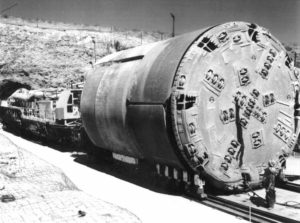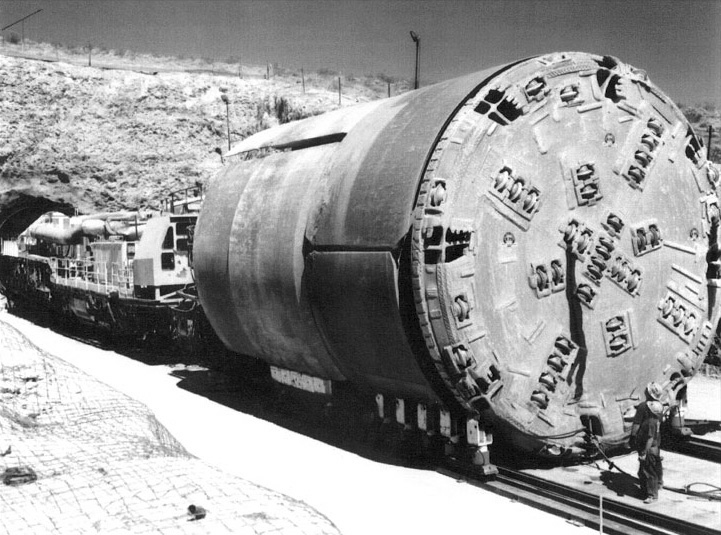I can’t tell you how many times I have traveled Interstate 5 (I-5) over the Grapevine. Let’s just say it’s been a lot.
For those who don’t know, the Grapevine is the section of I-5 that traverses the Tejon Pass between California’s southern San Joaquin Valley and South Coast regions. For that matter, I can’t tell you how many times I have had to have brake work done on account of those travels. To be sure, at least one.

Anyone who’s driven the Grapevine knows the difficulty involved in driving it. Accidents, winds, snow, mudslides, fires and smoke, when present, make the task of driving that stretch that much more difficult. I am sure there are those who can attest.
Warning signs
Descending the northern slope is a challenge in its own right, especially for trucks. That residual tractor-trailer truck brake-shoe smoke can hang in the air well after the truck responsible for such is well out of sight, is a testament.
Exactly the reason there are posted signs to advise, if not implore, big-rig drivers to thoroughly test brakes before descending roads/highways on steep hilly and mountainous grades.
Talk about bores

So, where tunnels can reduce or eliminate a highway or railway grade, think not only of the benefit to applicable corresponding conveyance (read: “car, bus, truck, train”) brakes, but of relief to the lungs, meaning no more exposure to and breathing in of the acrid-smelling, brake-shoe-smoke effluvium – residual or otherwise – where excessively hard braking otherwise ordinarily happens.

Tunneling isn’t cheap, I know. But, if motorists are amenable to the idea of using money (either collected through taxes, tolls or some other funding mechanism) to pay for tunneling work, such would ease the burden that comes in the form of damage to brakes (pads, shoes, discs, etc.), air, lungs and elevated blood pressure even – imagine the positive difference made!
Whether in Gaviota or Gotthard Base, at providing relief, tunnels are tops.
Images: Dana60Cummins (top); University of Washington Libraries Digital Collections (middle)
This post was last revised on May 21, 2020 @ 11: 40 a.m. Pacific Daylight Time.
– Alan Kandel
